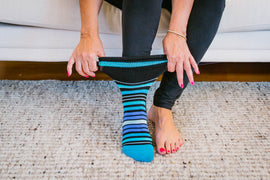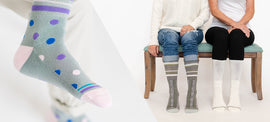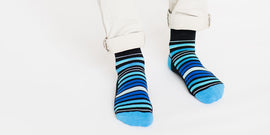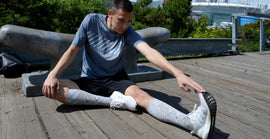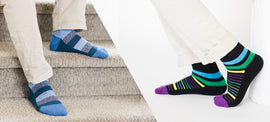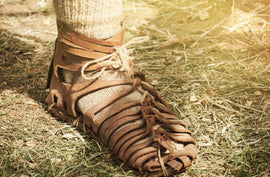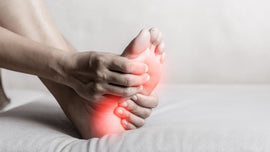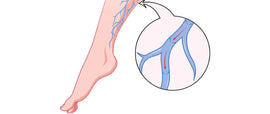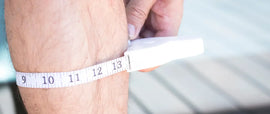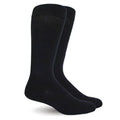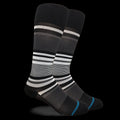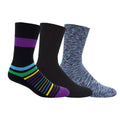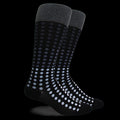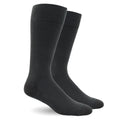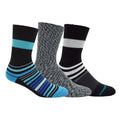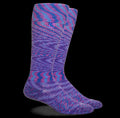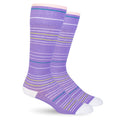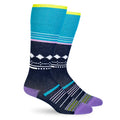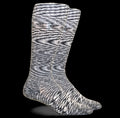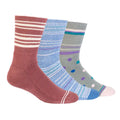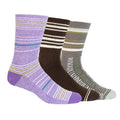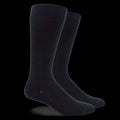The Essential Guide to Foot Care for Diabetics
Posted by HAYLIE SEGAL
Living with diabetes involves a plethora of considerations, and at the top of that list is foot care. Due to the potential development of complications like diabetic neuropathy and peripheral vascular disease, maintaining proper foot health is paramount.
1. Understand Diabetic Neuropathy Diabetic neuropathy is a form of nerve damage caused by diabetes. This can lead to numbness or pain, making it difficult for patients to feel injuries, heat, or cold. As a result, unnoticed injuries can escalate into more severe complications, such as foot ulcers.
2. Daily Foot Inspections To counteract this, perform daily foot inspections. Look for blisters, cuts, and swelling. Using a mirror can help check the sole of your foot.
3. The Importance of Proper Footwear Shoes play a vital role in diabetic foot care. Diabetic shoes are specially designed to provide extra support, cushioning, and minimize pressure points. Likewise, diabetic socks are tailored to prevent constriction, wick moisture, and reduce injury risks.
4. Moisturizing and Temperature Regulation Dry skin can lead to cracks, which may become infected. Regularly moisturizing diabetic feet can prevent this, but avoid moisturizing between the toes, as this can foster fungal growth. Additionally, always check bath water with your elbow to ensure it's not too hot and risk burning numb feet.
5. Nail Care for Diabetics When attending to toenails, trim straight across and file down sharp edges. If you're unsure, consider visiting a podiatrist, especially if nails are thick or yellowed.
6. Prioritize Blood Circulation Good blood circulation is crucial for healing and preventing complications. Avoid crossing your legs for long periods, and engage in foot exercises for diabetics. Gentle foot movements and periodic walking can stimulate blood flow.
7. Avoiding Foot Injuries Always wear shoes to protect your feet from potential injuries. Ensure your footwear is free from foreign objects before wearing, and avoid walking barefoot, even indoors.
8. Addressing Calluses and Corns Preventing calluses and corns involves wearing well-fitted shoes. If they develop, don't attempt to cut them off yourself. Consult with a healthcare professional.
9. Annual Foot Check-Ups Make it a point to have an annual foot check-up. A podiatrist's recommendations for diabetics are invaluable in spotting early signs of problems and getting tailored advice.
10. Dealing with Neuropathic Pain If you suffer from neuropathic pain, consult your doctor. They can provide guidance on pain management and relief techniques tailored to your needs.
In conclusion, while diabetes does bring challenges, with a vigilant foot care routine and an awareness of potential problems, you can prevent complications and enjoy a mobile, active life.
SHARE:




